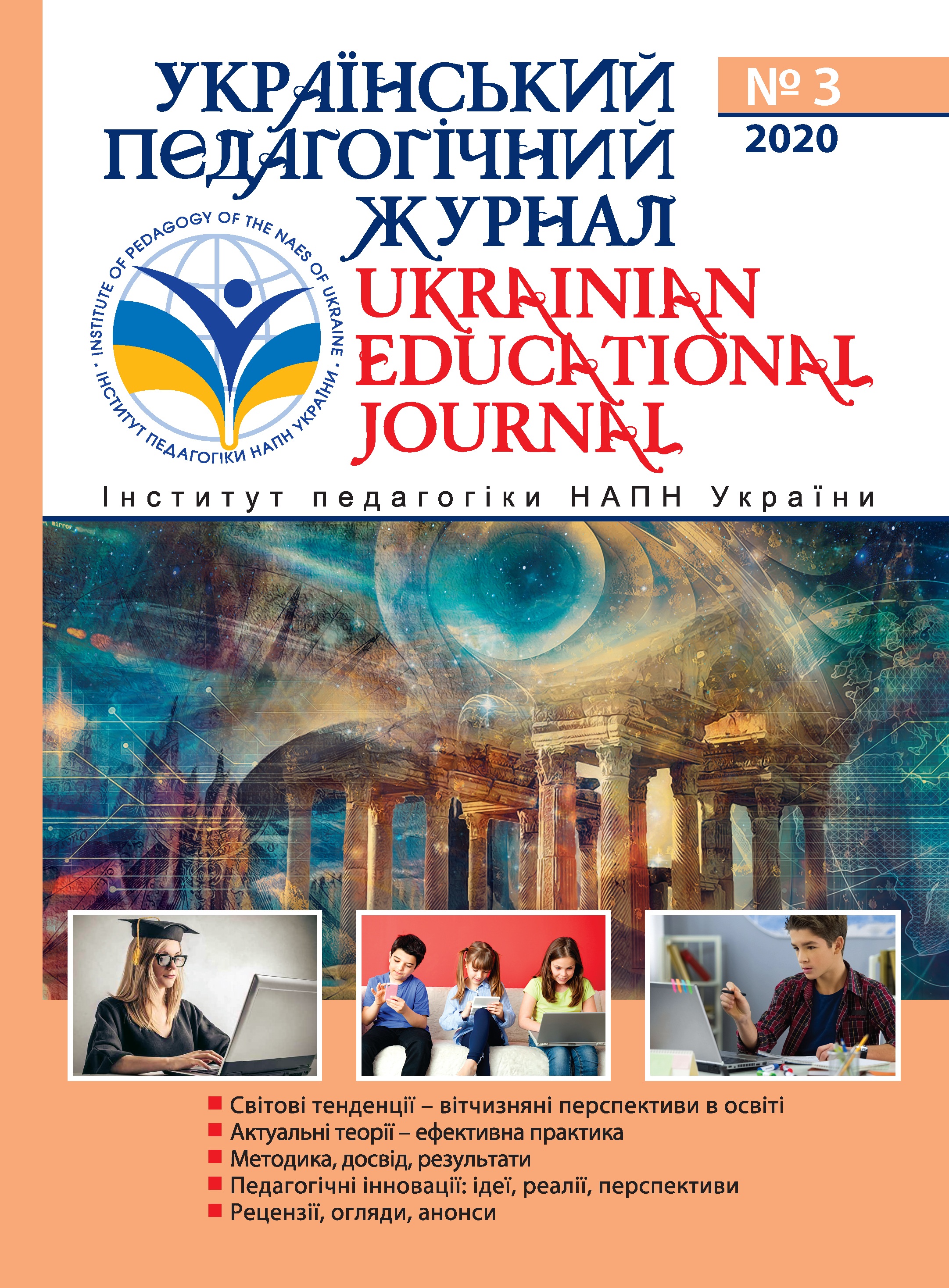Анотація
Статтю присвячено аналізу актуальних аспектів проблеми проєктування дистанційної освіти в умовах карантину. Зокрема, проаналізовано принципи проєктування дистанційної освіти, пріоритетні принципи, зумовлені карантином. Підвищується актуальність питань, пов’язаних з організацією навчання різних вікових груп учнів, з вибором інтернет-платформ для організації освітньої діяльності учнів, вибором специфічних для дистанційної освіти методів взаємодії учасників процесу. Специфічність пов’язана з підготовкою та побудовою таких форм занять, як відеолекції, відеоконференції, вебінари, веб-консультації, мультимедійні матеріали, віртуальні тренажери тощо

Ця робота ліцензується відповідно до Creative Commons Attribution-NonCommercial-ShareAlike 4.0 International License.

